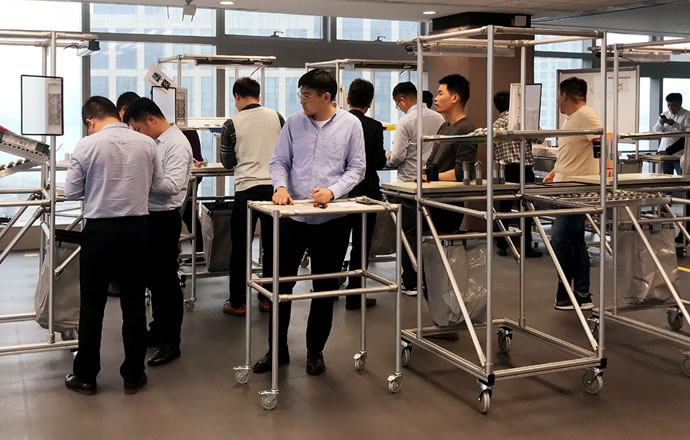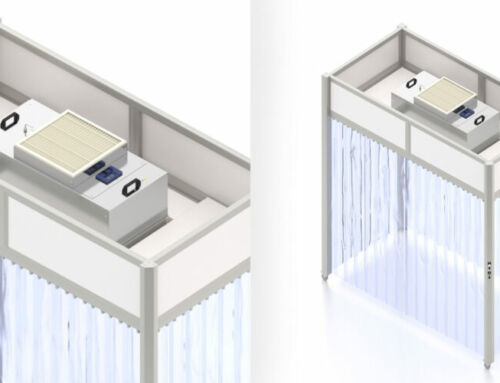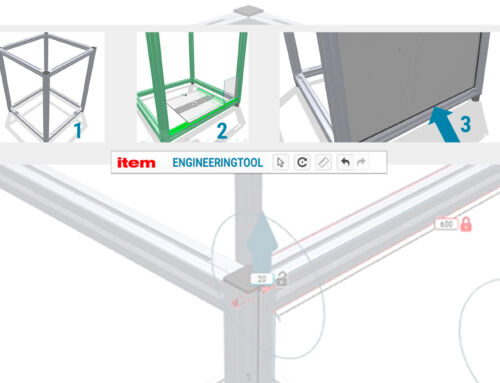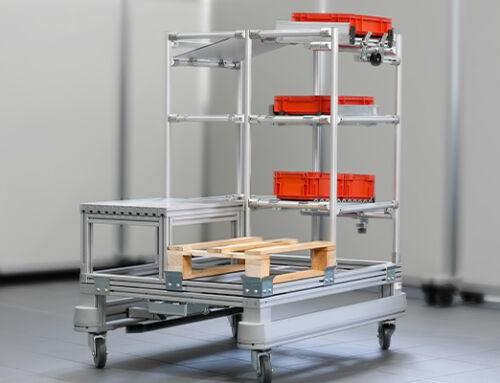Not all stairways are the same. Pitch and the space available make the difference between a comfortable climb and a strenuous activity. What do you need to bear in mind? Is a stairway your only option?
Overcoming height differences of various degrees is part and parcel of working in industrial settings. This is the case, for example, when trying to access elevated machines in need of maintenance. What solution is best for tackling a height difference in such situations depends on several factors – including the stairway pitch. In this post, we will run through other key considerations, too, and show you where compromises can be made and when to opt for a ramp, stairway or ladder.
Ramp or stairway? It’s a question of pitch!
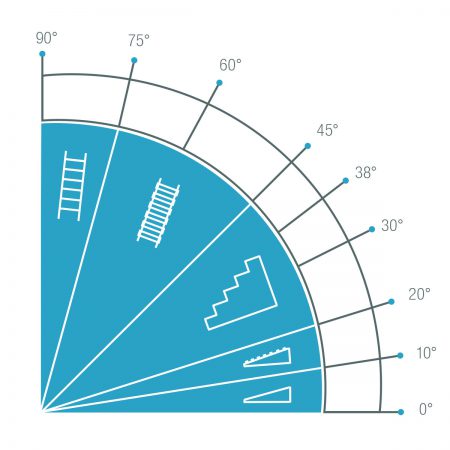
The international standard DIN EN ISO 14122 sets out the requirements for permanent means of access to machines not directly accessible from the ground or a single level. “Permanent means of access” refers to ramps, ladders, stairways and other climbing aids that are fixed in place and cannot be removed without using tools. Mobile stairways, among other examples, do not come under this definition. Depending on the amount of space available and thus the pitch you can achieve, the standard recommends a range of climbing aids.
For a low pitch of up to 20°, it is advisable to use a ramp, which is defined as an inclined surface over which heavy loads are driven or rolled to a higher level. If possible, a ramp’s pitch should be no more than 10°. If the pitch is bigger than that, the ramp should feature an anti-slip surface. Stairways are recommended for steeper climbs because, from a safety point of view, it is not advisable to use ramps for a pitch above 20°.
Stairway pitch – a few degrees make all the difference
Suitable for pitches ranging from 21° to 45°, stairways come into play where ramps reach their limits. Depending on what you’re using the stairway for and how much space you have to play with, you will have a range of angles to choose from. A pitch of 30°, for example, is ideal for transporting loads as the ascent takes relatively little force. Such stairways do have a large footprint, however.
If you’re short on space, you will need a bigger pitch. A stairway pitch of 38° is thought to make for an ergonomic, that is to say pleasant, climb. At 45°, going up and down the stairs takes greater effort, but the footprint is reduced to a minimum.
Stairways limited to a pitch of 45°
Stepladders can offer a helping hand whenever there is very limited room. Particularly for access routes that are rarely used, this space-saving solution is a good alternative to stairways. Stepladders typically exhibit a pitch of between 45° and 75°. As with conventional ladders, users also go down stepladders “in reverse”, meaning they are facing the stepladder as they descend. This and the steep pitch make this solution unsuitable for transporting heavy tools and materials. Stepladders are unsuitable as escape routes, too. What’s more, there are special safety requirements to consider at the design stage.
When even using a stepladder isn’t possible – say because there isn’t enough space – ladders are an option. Owing to their steep pitch of 75° to 90°, however, ladders should only be used as a last resort in industrial environments. After all, the huge pitch makes climbing ladders a physically exhausting task. There is also a greater risk of accidents than with ramps, stairways and stepladders.
Are you interested in applications and solutions for stairways and platforms?
Then we have something that’s right up your street! Simply subscribe to the item blog by completing the box at the top right.
.
